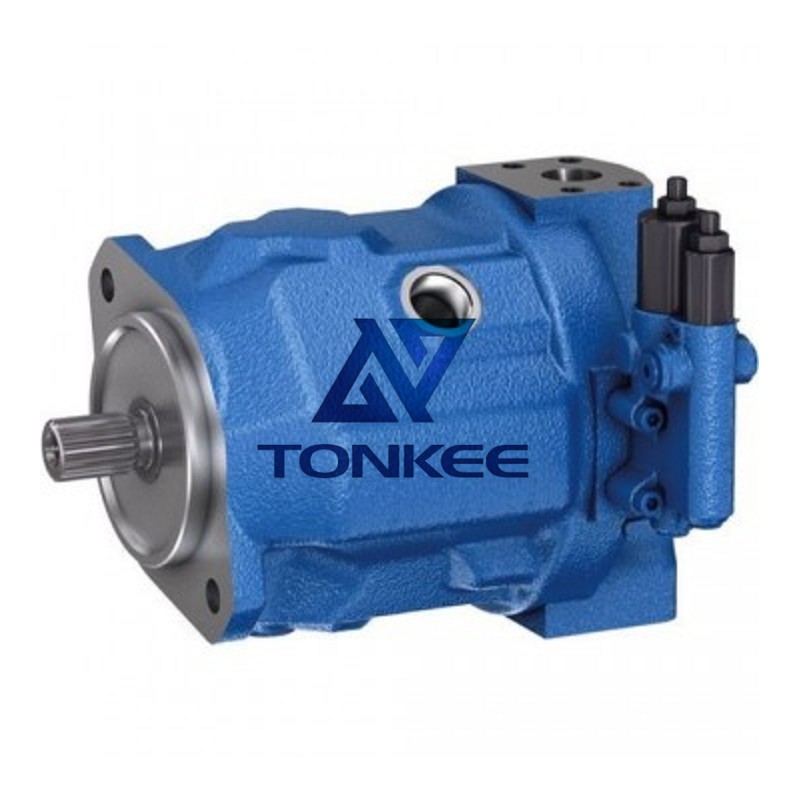
Firstly, let's discuss the basic design and construction of the pump.
The A10VO series features a swashplate design, which allows for variable displacement operation. This means that the pump can provide a variable flow rate according to the application's requirements. The displacement range for this particular model is 74 to 100 cc per revolution.
The "ED" in the model name stands for the pump's electric displacement control option. It means that the pump can be controlled electronically, allowing for precise control of the displacement and flow rate. This feature is particularly useful in applications where the flow requirements may vary dynamically.
The "74/31R" in the model name refers to the nominal pressure rating of the pump. In this case, the pump is designed to operate at a maximum pressure of 74 MPa (megapascals) for continuous duty and 31 MPa for intermittent duty. This high-pressure capability makes the pump suitable for demanding hydraulic systems that require reliable and efficient performance.
The "VSC62K00P" indicates the pump's control device. It is a valve plate control, which means that the pump uses a valve plate to control the flow of hydraulic fluid. This control mechanism ensures smooth and precise flow regulation, contributing to the overall efficiency and performance of the system.
The "S4060" specification refers to the mounting style and shaft design of the pump.
In this case, the pump has a specific mounting flange and shaft configuration suitable for the intended application. It is essential to ensure proper compatibility and integration within the hydraulic system.
In terms of performance, the AP A10VO100ED 74/31R-VSC62K00P-S4060 offers high overall efficiency, thanks to its advanced design and precision manufacturing. The pump can operate in a wide range of temperatures, allowing it to adapt to different environmental conditions. It also provides low noise emissions, ensuring a quieter working environment.
The A10VO series pumps are known for their durability and long service life. They are designed to withstand harsh operating conditions, such as high pressures and extreme temperatures, while maintaining consistent performance. This reliability is crucial for industries such as construction, agriculture, and material handling, where hydraulic systems are subjected to heavy-duty applications.



 English
English Türkçe
Türkçe


